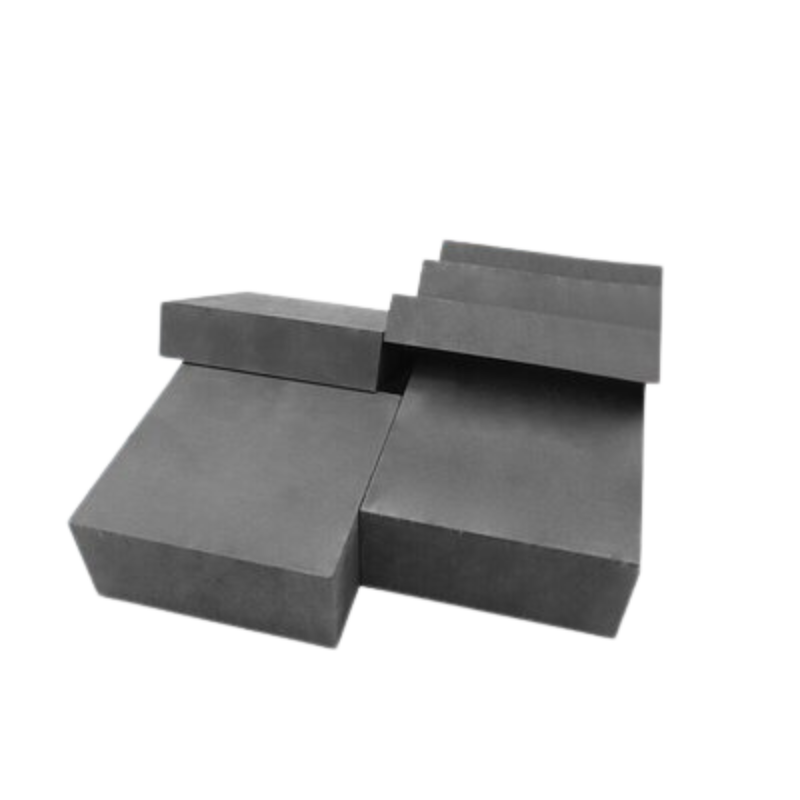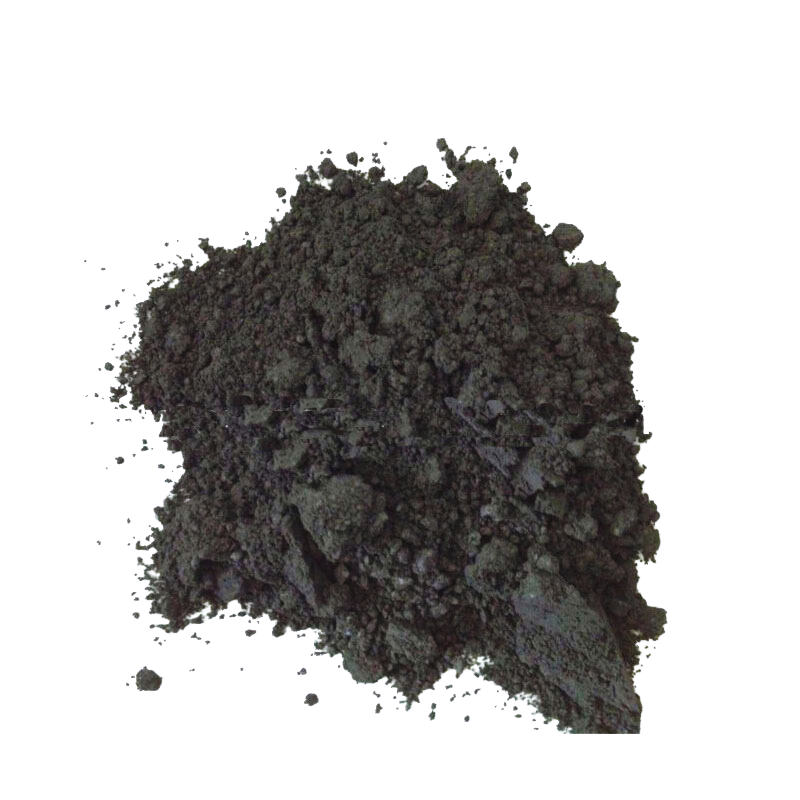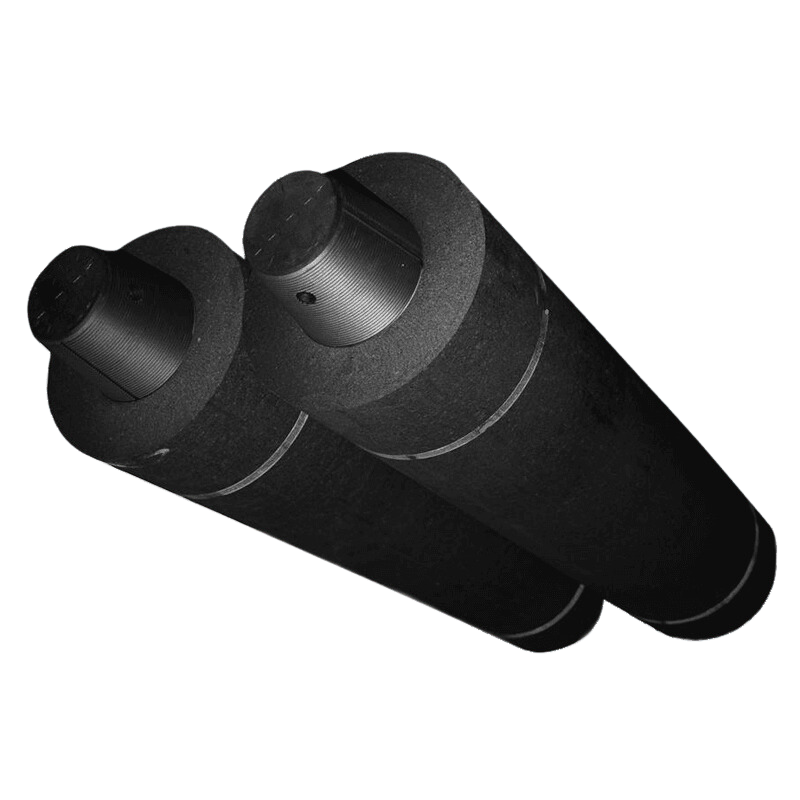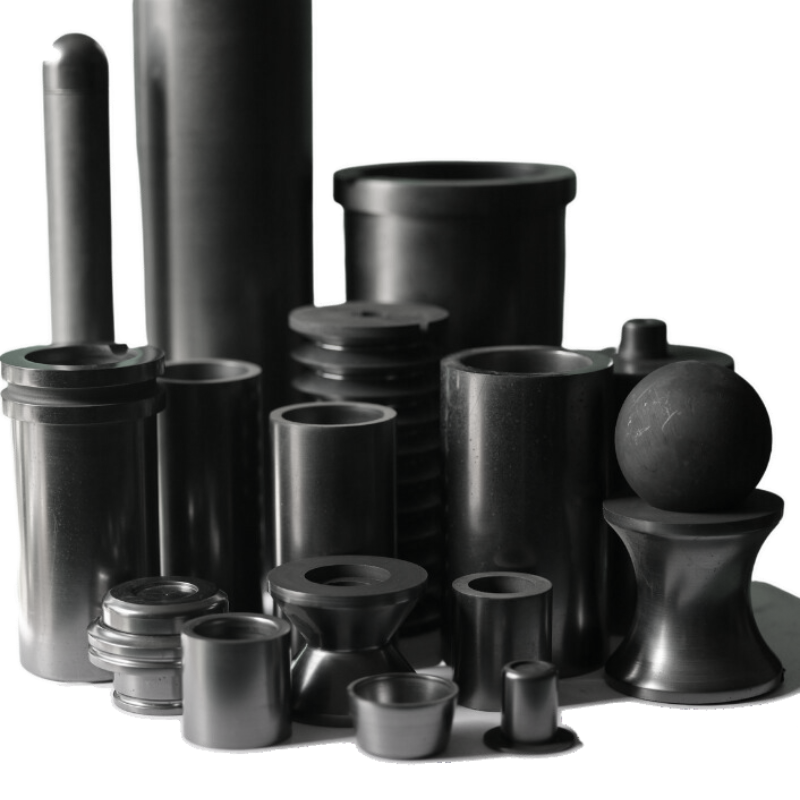Graphite molds serve as essential tools in industrial production, but they are susceptible to various factors that can lead to damage. Understanding these factors is crucial for effective maintenance and extending the lifespan of graphite molds. Here are some common factors that may contribute to the damage of graphite molds:
1.Thermal Shock: Thermal shock results from rapid temperature changes. Graphite molds, often used in high-temperature conditions, can experience cracks and damage if subjected to sudden cooling or temperature variations. Therefore, appropriate cooling and heating measures need to be considered in the design and usage of graphite molds to mitigate the impact of thermal shock.
2.Mechanical Impact: Careless operations, transportation, or other mechanical impacts can cause surface abrasion, cracks, or fragmentation in graphite molds. To reduce this risk, operators need to handle molds with care, ensuring avoidance of impacts and collisions.
3.Chemical Corrosion: In certain production environments, graphite molds may be affected by chemical corrosion. Specific chemical substances can adversely affect graphite, leading to surface corrosion or damage to the graphite material. Proper selection of corrosion-resistant graphite materials or implementing protective measures helps mitigate this type of damage.
4.Wear and Tear: Under high-intensity production conditions, graphite molds may undergo surface wear due to frequent use. Wear can result in inaccurate dimensions, shape distortion, and increased surface roughness. Proper lubrication, maintenance, and regular inspections can help slow down the wear and tear of graphite molds.
5.Oxidation: In high-temperature environments, graphite molds may be exposed to the risk of oxidation. Oxidation can lead to the generation of graphite dust on the mold surface, affecting the quality of the final product. Using anti-oxidation coatings or employing other protective measures can reduce the risk of oxidation.
6.Overuse: Prolonged and frequent use of graphite molds may lead to fatigue and aging. Overuse can result in cracks, fractures, or shape distortion. Implementing a reasonable usage plan, regular maintenance, and replacing heavily worn molds can help mitigate damage caused by overuse.
7.Design Defects: Unreasonable mold design may cause structural issues such as stress concentration and areas prone to cracks. Optimizing mold design, considering the physical and chemical properties of the materials, can reduce damage caused by design defects.
In conclusion, maintaining the lifespan of graphite molds requires a comprehensive approach involving material selection, adherence to operational guidelines, regular inspections, and maintenance. By understanding factors that may lead to damage, implementing suitable preventive and maintenance plans, it is possible to maximize the lifespan of graphite molds, ensuring their stability and reliability in production.





